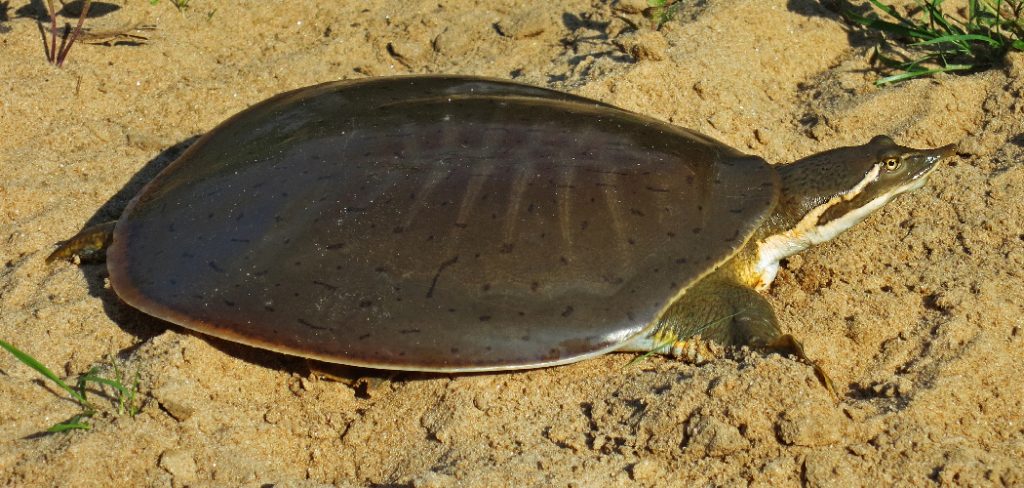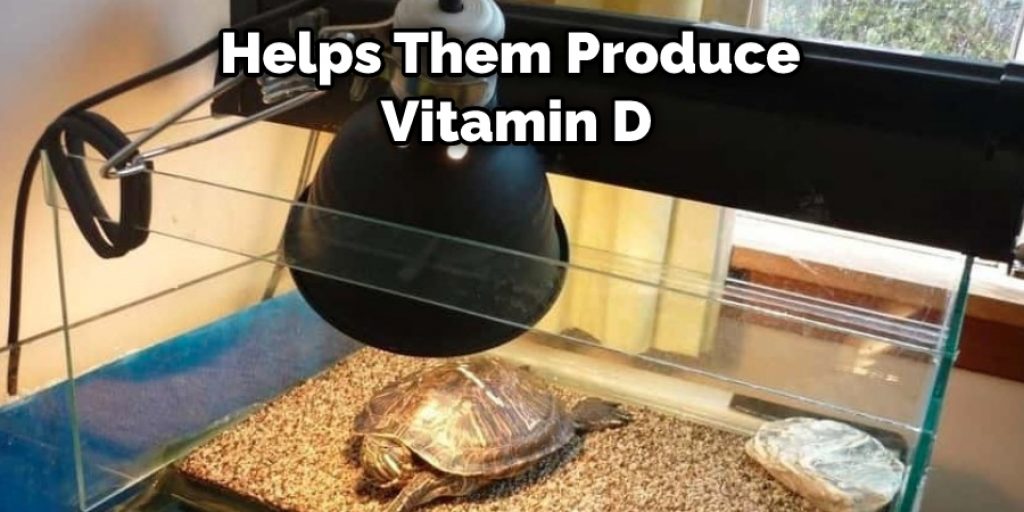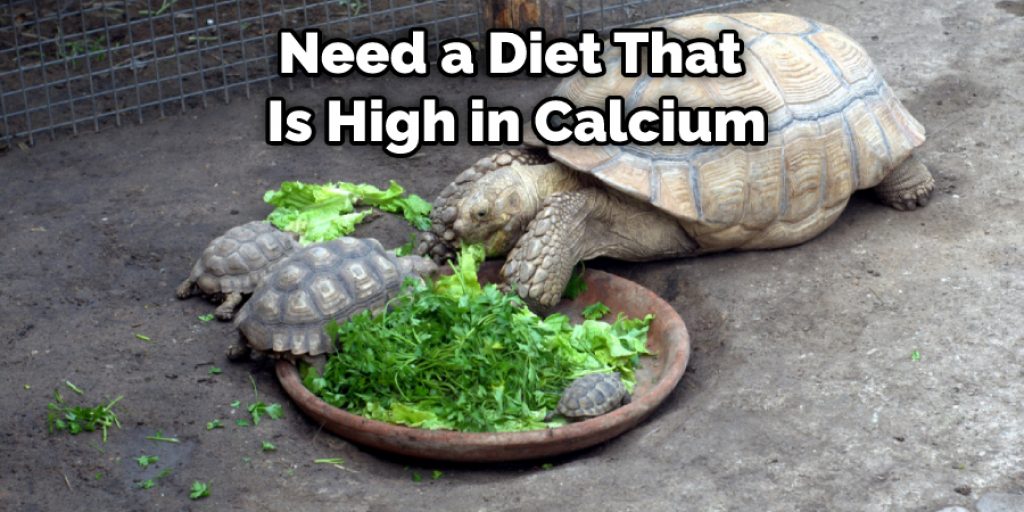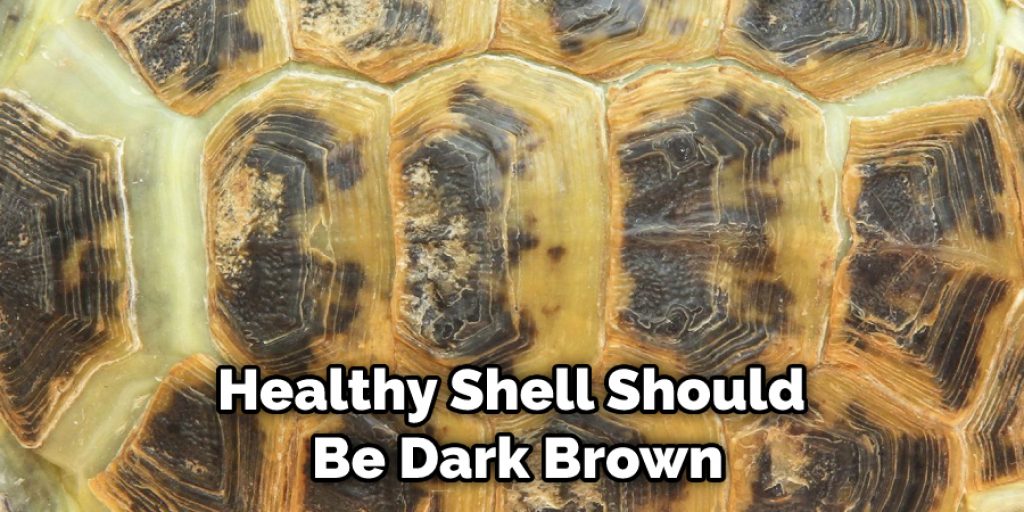When you have a turtle, it’s essential to know how to take care of it. One thing that can happen is that the turtle’s shell can become soft. You can do a few things to help fix the shell and make your turtle feel more comfortable. In this article, we’ll discuss what causes a soft shell in turtles and how to fix soft shell in turtles. Keep reading for more information!

Summary: Soft shell in turtles is a common problem that can be addressed with the right steps. First, identify the cause and then adjust their diet to include more nutrients. Treating parasites and reducing stress are also important, as well as providing proper housing and offering them a variety of food items.
What Causes a Soft Shell in Turtles
Several things can cause a softshell in turtles. The most common include poor nutrition and dehydration. However, both of these can be caused by a variety of factors, including:
Not Enough Calcium:
Turtles need calcium to stay healthy, and they get it from two main sources: their food and basking in the sun. If they don’t have enough calcium in their environment, they can develop the metabolic bone disease, which can make their shells soft.
Nutritional Deficiency:
If turtles don’t have enough of the proper nutrients in their diet, they can develop a medical condition called secondary nutritional hyperparathyroidism. This can also lead to a softshell.
Dehydration:
If turtles don’t have enough moisture in their bodies, they can become dehydrated. This can be caused by several things, including not having enough water to drink, not being able to soak in enough water, or losing too much water through diarrhea or vomiting. Dehydration can lead to a turtle becoming lethargic, and if left untreated, it can be fatal. If you think your turtle may be dehydrated, take it to the vet immediately.
UVB Light:
Turtles need UVB light to produce vitamin D, which is essential for their health. If they don’t have enough UVB light, they can develop a vitamin D deficiency condition, which can lead to a softshell.

What Is Metabolic Bone Disease
Metabolic bone disease (MBD) weakens or softens bones. It occurs when the diet lacks calcium, vitamin D, and phosphorus – nutrients essential for healthy bone growth. Without these nutrients, bones may become thin, brittle, and deformed.
There are several possible causes of MBD in turtles. The most common is a diet that does not contain enough nutrients needed for healthy bone growth. For example, a lack of sunlight can cause MBD, as vitamin D is essential for calcium absorption. In addition, in some cases, MBD may be due to a genetic predisposition or an underlying health condition such as kidney disease.
Symptoms of MBD include
- Soft, thin, or deformed shell
- Kyphosis (humpback)
- lordosis (sunken chest)
- Misshapen limbs
- Swollen joints
- Lethargy
- Appetite loss
- Respiratory difficulty
If your turtle is showing any of these symptoms, it is vital to take them to a veterinarian for a diagnosis. MBD is a severe condition that can be fatal if left untreated.
A Step by Step Guide on How to Fix Soft Shell in Turtles
Step 1: Determine the Cause
There are many potential causes of a soft shell in turtles, so the first step is determining the underlying cause. Some common causes include vitamin and mineral deficiencies, parasites, poor diet, and stress.
If your turtle has a soft shell, it is essential to take them to a veterinarian as soon as possible for a proper diagnosis. Once the cause is determined, you can start treatment.
Step 2: Improve Diet
One of the most common causes of softshell in turtles is a poor diet. Turtles need a diet that is high in calcium and low in phosphorus. An excellent way to achieve this ratio is to feed them a diet of mostly dark leafy greens and some insects.

It would help if you also offered a high in calcium and low in phosphorus supplement. This will help ensure that your turtle gets the nutrients they need to prevent softshell.
Step 3: Treat Parasites
If your turtle has a softshell, it may also have parasites. These tiny creatures live off the turtle’s blood and can cause anemia. Your vet can prescribe medication to treat parasites. Be sure to follow the directions carefully and give your turtle time to recover before returning it to its home.
Step 4: Reduce Stress
Stress is another common cause of softshell in turtles. Try to create a calm environment for your turtle and avoid handling them too much. If you must handle them, do so gently and with clean hands.
You can also offer your turtle a hiding place where they can go to feel safe and secure. This will help reduce their stress levels and hopefully improve their condition.
Step 5: Provide Proper Housing
Turtles are reptiles and therefore require specific housing to thrive. Your turtle’s enclosure should provide both land and water areas and places to bask. The size of the enclosure will depend on the type of turtle you have; generally, the larger the turtle, the larger the enclosure needs to be.
The land area should be large enough for your turtle to move around and explore. It should also include hiding spots, plants, and other features that make it feel like a natural habitat. The water area should be deep enough for your turtle to swim and dive, with a sloping ledge that allows them to get in and out quickly.
Your turtle’s enclosure should also have a basking spot, which is an area where your turtle can sit and absorb heat from a light source. This is essential for your turtle’s health, as they need to maintain a specific body temperature to digest their food correctly.
If you are unsure what type of enclosure is best for your turtle, consult with a veterinarian or experienced reptile keeper.
Step 6: Offer a Variety of Foods
Turtles are omnivores, which means that they require both plant and animal matter in their diet. Therefore, a variety of foods will help to ensure that your turtle gets all the nutrients they need.
Some good options for animal matter include worms, crickets, shrimp, and fish. These can be offered live or frozen/thawed.

You can offer dark leafy greens, squash, carrots, and berries for plant matter. These should be chopped into small pieces so that your turtle can easily eat them.
It is also important to offer a calcium supplement to ensure that your turtle gets enough of this essential nutrient. This can be in the form of a powder sprinkled on their food or a block that they can nibble on.
A variety of foods will help keep your turtle healthy and prevent softshell. Be sure to offer both animal and plant matter and a calcium supplement.
Step 7: Consult with a Veterinarian
If you are concerned that your turtle has soft shell, it is always best to consult with a veterinarian. They will be able to properly diagnose the condition and recommend the best course of treatment.
Treating softshell can be difficult, but it is vital to persevere. Your turtle can recover and enjoy a long and healthy life with the proper treatment. These steps will help in how to fix soft shell in turtles.
Tips and Warnings
Tips:
- If the shell has already begun to grow back, it is best not to intervene.
- A turtle’s shell will usually fix itself given time and a good environment.
Ensure your turtle has a balanced diet and access to UVB rays (either natural sunlight or an artificial light source).
- A soft shell can also be a sign of dehydration, so make sure your turtle has access to clean fresh water.
- If the shell does not begin to harden after several weeks, or if it seems to be getting worse, contact a reptile veterinarian for help.
Warnings:
- Do not try to fix the shell yourself.
- Do not use any glue, tape, or other adhesive on the shell.
- Do not put your turtle in a vivarium (enclosed glass terrarium) until the shell has completely healed.
How Do I Know if My Tortoise Shell Is Healthy
One of the best ways to tell if your tortoiseshell is healthy is to look at the color. A healthy shell should be a rich, dark brown. If you see any areas that are lighter in color, this could be a sign of shell rot. Shell rot is a severe condition that can lead to death if left untreated, so it’s essential to take your tortoise to the vet as soon as possible if you suspect shell rot.

In addition to looking at the color, you should also feel the shell’s texture. A healthy shell should be smooth and hard, with no soft spots or cracks. If you notice any of these signs, it’s essential to take your tortoise to the vet for an examination. By keeping an eye on the color and texture of your tortoise’s shell, you can ensure that your pet stays healthy and happy for years to come.
Frequently Asked Questions
What Does It Mean When a Turtle’s Shell Gets Soft?
When a turtle’s shell gets soft, this usually means the turtle is getting ready to molt. During molting, the skin and muscles that make up the shell are replaced with new tissue. This process can take several months, and during this time, the turtle may not be able to retract its head or limbs completely into its shell.
Should a Turtle Shell Be Soft?
This is a difficult question to answer as opinions may vary. Some people believe that a turtle shell should be soft in order to reduce the chances of getting injured, while others believe that hard shells are more protective. It is up to the individual turtle to decide what type of shell is best for them.
What Does Shell Rot Look Like on a Turtle?
Shell rot is a common problem that affects the shells of some turtles, and it can be very destructive. Shell rot happens when fungus grows on the shell and eats away at its materials. This process can eventually cause the turtle’s shell to fracture or come off in large pieces.
If you see any signs of shell rot, such as discolored skin around the turtle’s eyes or mouth, soft body walls, or swollen joints, it is important to take action right away. You should immediately move your turtle to a warm environment where humidity levels are high and provide fresh food and water daily while treating their wounds with an anti-fungal agent like Neosporin or silver sulfadiazine ointment. If necessary, surgery may also be required in order for the parasite to be eliminated completely from the animal’s system.
What Does a Soft Shell Turtle Eat?
Some typical items that a soft shell turtle might eat include insects (insect larvae, pupae, and adults), small reptiles (e.g., geckos, skinks), amphibians (e.g., frogs, toads), and other invertebrates (e.g., mollusks).
Conclusion
We hope you have gone through the article on how to fix soft shell in turtles. If you have a softshell turtle, there are some things you can do to help improve their condition. Providing your turtle with a basking area and UVB light will help them produce vitamin D, essential for strong bones. You can also give them supplements like calcium and multivitamins to ensure they’re getting their nutrients.
You Can Check It Out to: Fix Soft Resin
